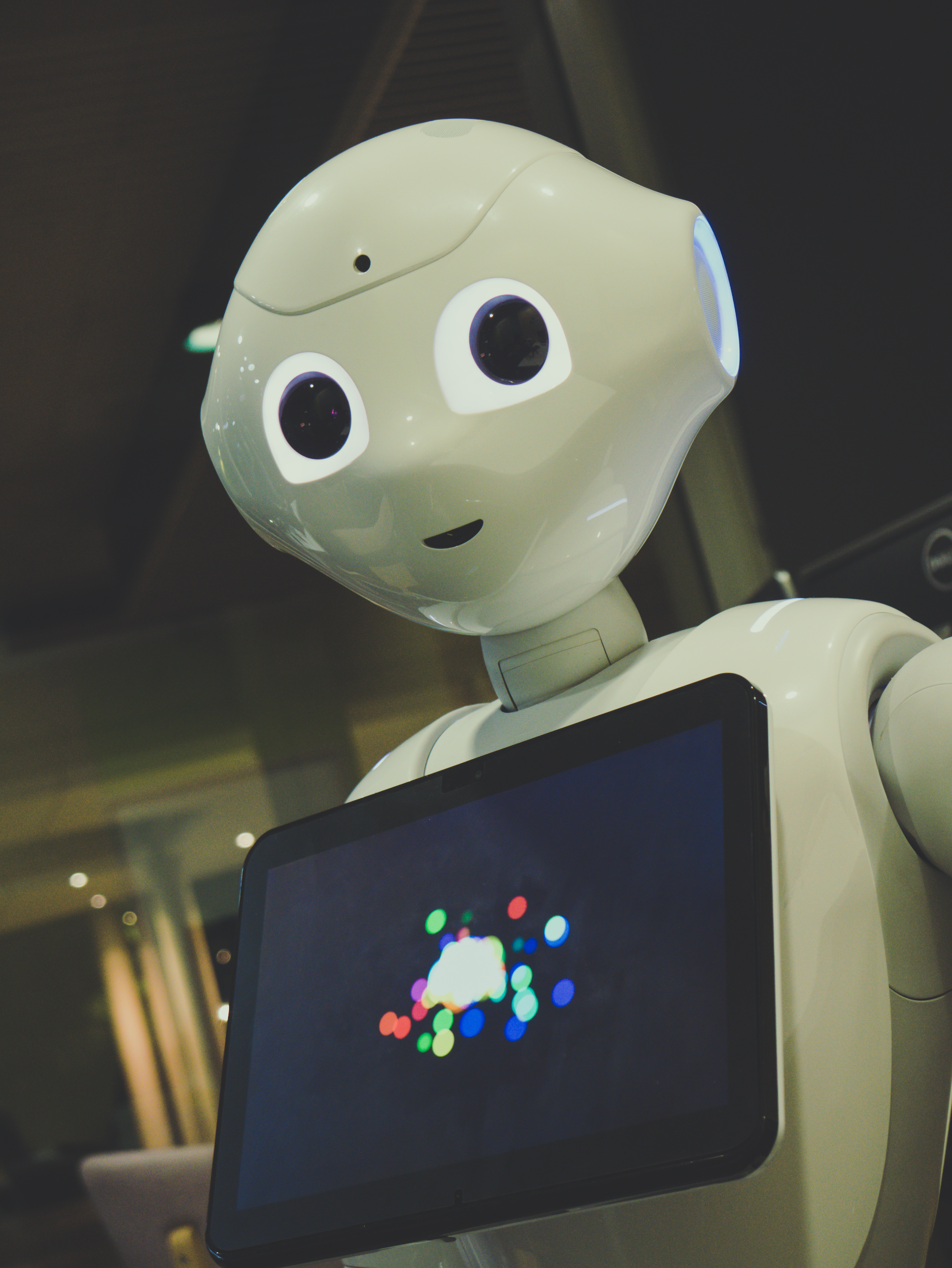Google says to have created an artificial intelligence capable of designing other models of artificial intelligence superior to the models created by humans. This is a new advance of its AutoML, an automatic learning system with which the Google Brain team intended to see if they were able to create an AI capable of designing and training other AIs without human intervention.
As they have explained in Futurism, the researchers made this artificial intelligence act as a neural network of controllers able to create another similar network destined for a specific task. And it has been this way that NASNet was born, a real-time object recognition algorithm that surpasses all those that have been designed so far.
NASNet identifies, as its managers have told, in real time all kinds of objects, from people to cars passing through bags and other items. Once the initial algorithm was created, the AI of AutoML evaluated for itself the results and the performance it was obtaining, and dedicated itself to perfecting its creation without human intervention to correct errors and make it even better.
After repeating this process several times, NASNet was tested in an image classification system called ImageNet and in another object detection system called COCO, where they say they have verified that they have exceeded all expectations.
According to the researchers who have reviewed the whole procedure, NASNet has been able to obtain an accuracy of 82.7% in the prediction of the ImageNet validation set, surpassing the average of 43.1% that other similar algorithms tend to achieve, and surpassing 1.2% any other previously published result.
With this project Google seems to have shown that they are already able to do without human employees to train their artificial intelligence systems and perfect them. With this they can develop them in a much faster way and with a lower cost, and all this also obtaining surprisingly good results.
Regarding the profits that can be given to this newborn AI from another AI, Google researchers assure that NASNet can be used in a large number of situations and have opened their code so that others can benefit from their capabilities. classification of images. For example, a sector where it could do especially well is in human driving systems where detecting an obstacle in time can prevent accidents.
Robots that create robots
Having created an artificial intelligence capable of giving birth to another in a fast and efficient way will undoubtedly make many people nervous. Celebrities such as Elon Musk, Stephen Hawking, Bill Gates or François Chollet, have long been warning of the possibility that the machines are revealed against humans, especially if they begin to be used in military sectors.
And it is clear that if someone starts to think about the possibility of a rebellion of the machines, the fact that they are capable of replicating would be a logical first step before doing so. However, we should not worry too much either, because the debate so that this does not happen is already on the street and in governments.
Musk and many other personalities of the technological world, scientists and AI experts have long been asking the UN and other countries to ban autonomous weapons. The UN already said a year ago that it was going to consider the prohibition of using AIs in armaments, but definitive measures have not yet been taken.

